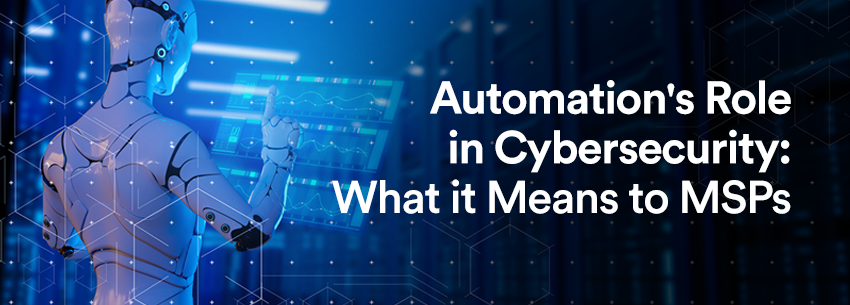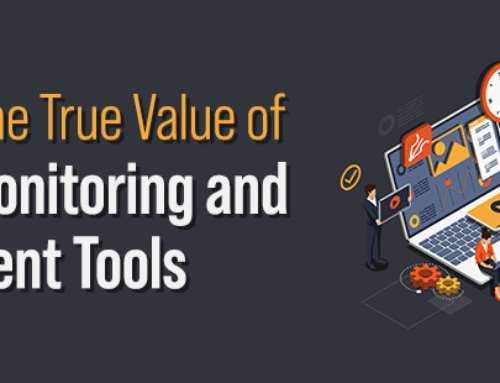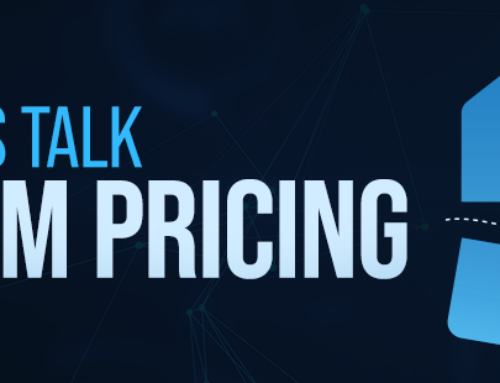Cybersecurity threats worldwide continue to increase, causing an estimated $6.9 billion in 2021 alone, up from $4.2 billion the year prior. These attacks have affected businesses of every shape and size, from hospitals to utilities to governments and more. Perhaps more concerning is that these attacks show no sign of slowing in 2022 or any year beyond.
For managed services providers (MSPs), the rising tide of threats poses a new challenge that they must help their customers prepare for through their services and technology offerings. As trusted advisors to customers, MSPs play an important role in helping their customers combat these threats. However, the challenge for many MSPs — and frankly any organization out in the world today — is that there aren’t enough people to defend against attacks manually or keep pace with the quick and constant attacks.
For these reasons, many MSPs and other cybersecurity providers are turning to automation to solve this significant and growing challenge. Automation, at its essence, is using machines to execute security-related actions to better protect the organization. There are many ways to apply this technology, but these actions could include detecting threats, triage tasks, or even remediating an active attack underway — entirely with the power of machines and with little or no human intervention.
For teams, automation can provide multiple benefits. First, it can help accelerate the speed at which MSPs or other organizations can detect and respond to attacks. After all, machines move much faster than humans — even the most talented. It can also allow security teams to handle many alerts, often more than 10,000 daily at a larger organization, with relative ease. Without the help of automation, studies show that IT teams often must ignore 74 percent or more of alerts that face them — potentially leaving them at risk of missing the one alert that could signal an ongoing attack.
Additionally, automation can be a way to offload routine, repeatable tasks from security engineers, allowing them additional time to focus on more significant strategic tasks that can add value to a customer organization. For an MSP, this means the potential to up-level their engineers from routine monitoring or response tasks to strategic items that can add value to a customer (and therefore further prove the value of the MSP), such as building cybersecurity plans, upgrading systems, and other items.
For an MSP, these examples are both important functions that sit at the core of their value proposition to customers. For instance, a core function many MSPs take on for customers around cybersecurity is the continuous and ongoing monitoring of and response to alerts. Automation can help ease this burden and ensure that an MSP can evaluate every alert that passes their desk. Additionally, it can help an MSP make the most of the teams they have on hand.
Some may argue that automation is bad because it could cause some humans to lose their jobs or that machines can’t understand the nuance in an alert that a human might. However, today’s threats are so high in volume and severity that humans cannot combat them alone. Automation can act as a tool to help boost human capabilities rather than replace them.
Cybersecurity threats aren’t slowing down anytime soon. In fact, the costs of cybercrime are expected to increase to $10.5 trillion by 2025 — only a few short years away. MSPs can play an essential role in helping customers combat these threats and protect their organizations, but they cannot do it alone. Automation can be a helpful tool to help MSPs and their customers combat these threats — and hopefully, give them an edge today and into the future against the many risks they face.




